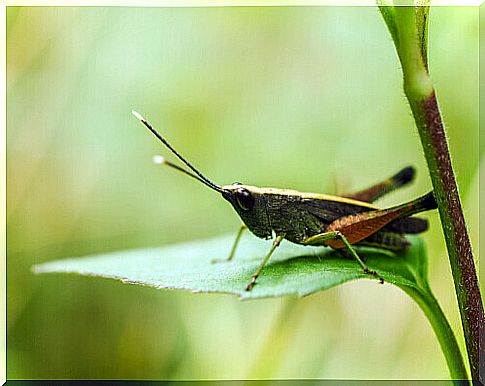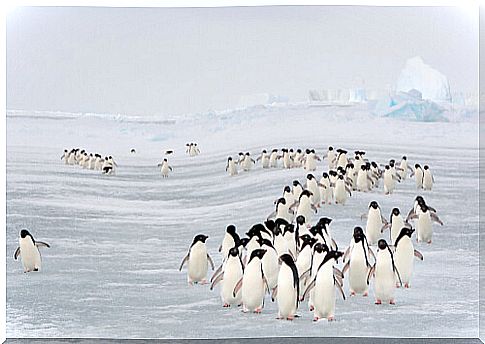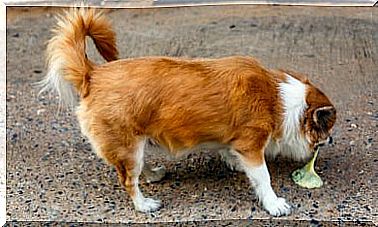Are All Animals At The Same Risk Of Extinction?

Did you know that more than 25,000 species are at risk of extinction and that many of them will probably no longer live by the year 2050? This makes us wonder if all animals will suffer the same ‘fate’ and in the future the planet will no longer be inhabited by them. In this article we will try to answer this question.
Animals at risk of extinction, a worrying problem
According to the International Union for Conservation of Nature (IUCN), more than 25,000 plant and animal species are currently at risk of extinction. And worst of all, some of them won’t ‘make it’ to 2050.
One of the most threatened species is the Javanese rhinoceros, with only 50 specimens in its natural habitat – Indonesia – due to poaching because its horns are believed to have medicinal powers.
The vaquita porpoise is another of the species most at risk of extinction, with about 60 individuals in the wild. Its natural habitat is the Gulf of California in Mexico and it is threatened by accidental capture in fishing nets.
For many, grasshoppers are a pest. However, there is a subspecies, known as the Crau grasshopper, which is on the IUCN red list due to the loss of its habitat, and which is located in France. Its disappearance would have serious consequences on the population of birds such as kestrels, which feed on this insect.

Are all animals at risk of extinction?
If we get pessimistic, we might think that, if we continue down this path, in a few years – not so many – all animals will disappear from the face of the earth.
It is true that the number of species that are included in the list of extinction risk increases every year. However, from the entity in charge of making this unfortunate ranking, they indicate that 25% are more vulnerable not to continue on the planet.
Although the activities carried out by man have much to do – not to say that we are the only ones responsible – with the extinction of animals today, we can also indicate that certain species are more susceptible and that, therefore, they will end up disappearing. Which are?
1. Those who live in a restricted area
For example, endemic species that inhabit only a certain site, such as an island, since they do not have real alternatives for expansion. In addition, since they have not had contact with other animals other than those that have always surrounded them, these animals are prone to diseases brought by introduced species.
2. Those who migrate
We are not only referring to birds, but to all those animals that year after year undertake a long journey, to get away from the cold, for example. These are at greater risk of extinction because they require that all the sites where they settle meet certain conditions.

3. Those who need a lot of territory
They are known as wild species and their main ‘defect’ is that they require a large amount of land to fulfill all their habits . These travel many kilometers in a single season, depending on the time of year, if they are going to reproduce, to feed, etc. Some examples are canids and raptors.
4. Those with large body size
Among the best known animals at risk of extinction we can speak of the polar bear, the elephant and the rhinoceros. In the first case, global warming and the melting of the Pole are the main causes. In the other two we could indicate hunting and habitat destruction.
But we must also bear in mind that large animals need a good amount of food every day (or every season), which can be scarce due to changes in the ecosystem they inhabit.
5. Those who don’t reproduce too much
The first example is that of the gorilla, although it is also true that hunting and the lack of trees are fatal for it. This primate invests many resources and time with its only calf, which depends on its mother for several years. In that time the female is not pregnant, and it could almost be said that she dedicates herself completely to her son.
In addition, the species most at risk of extinction are those that live in stable environments, since if there is any change or alteration they cannot continue with their life cycle (this is the case of reptiles), and those that form small groups, at the same time be more visible to hunters and predators.









